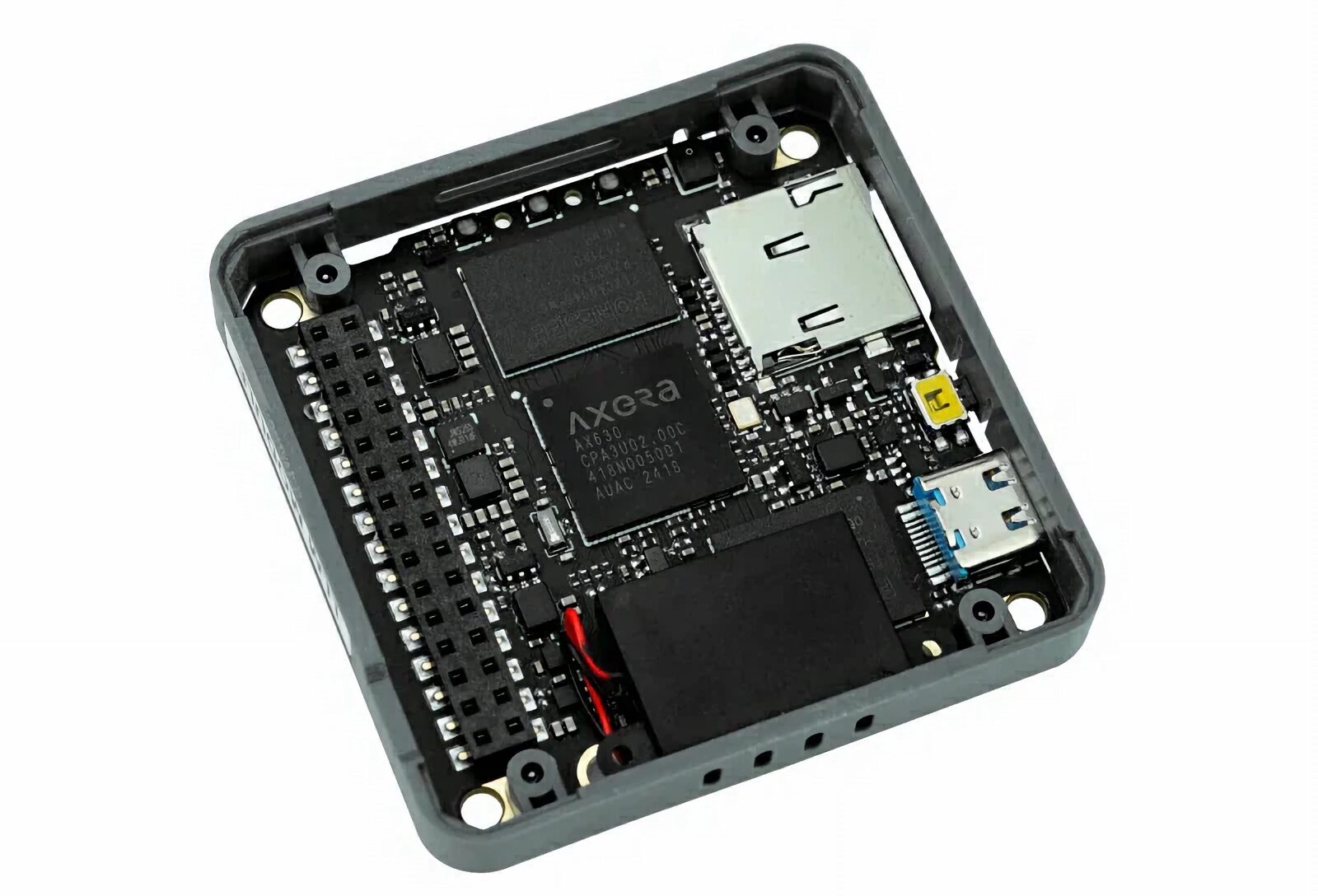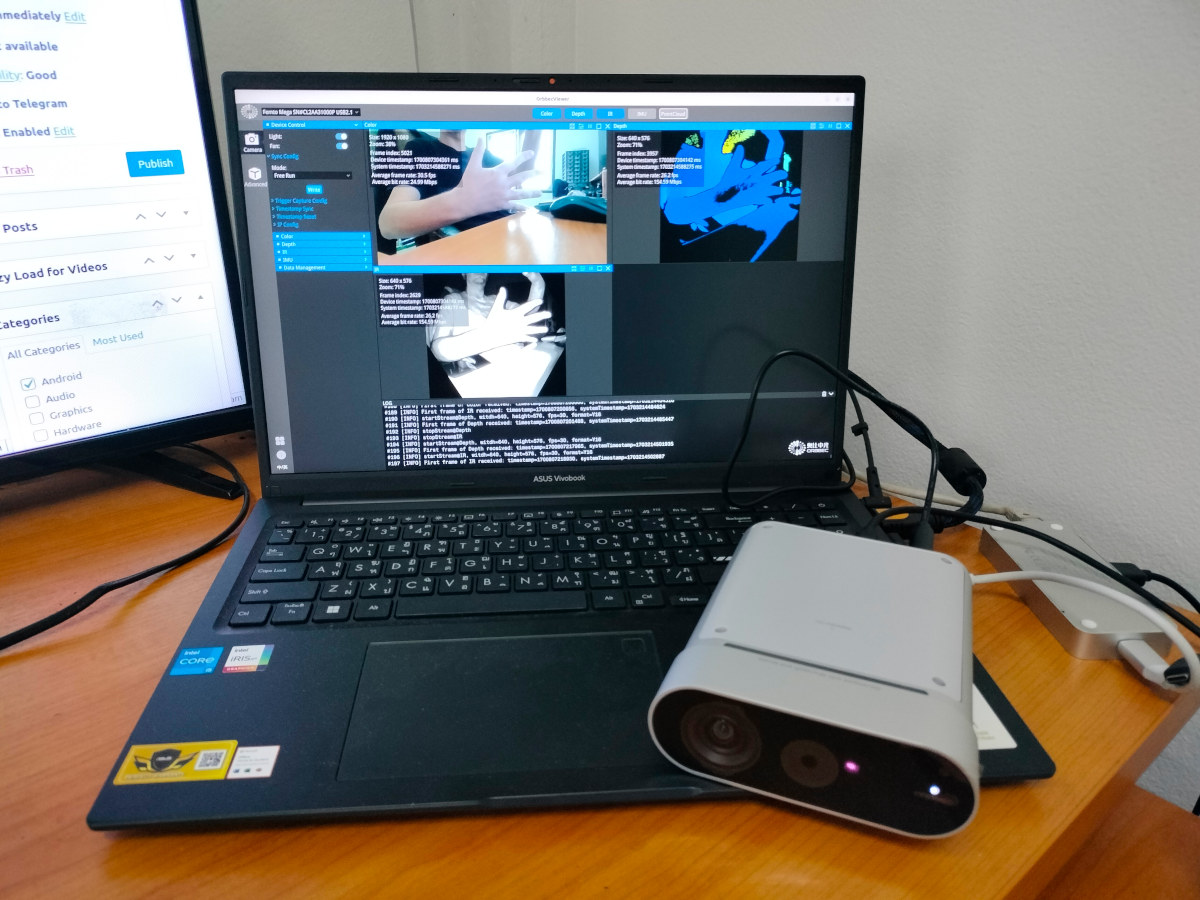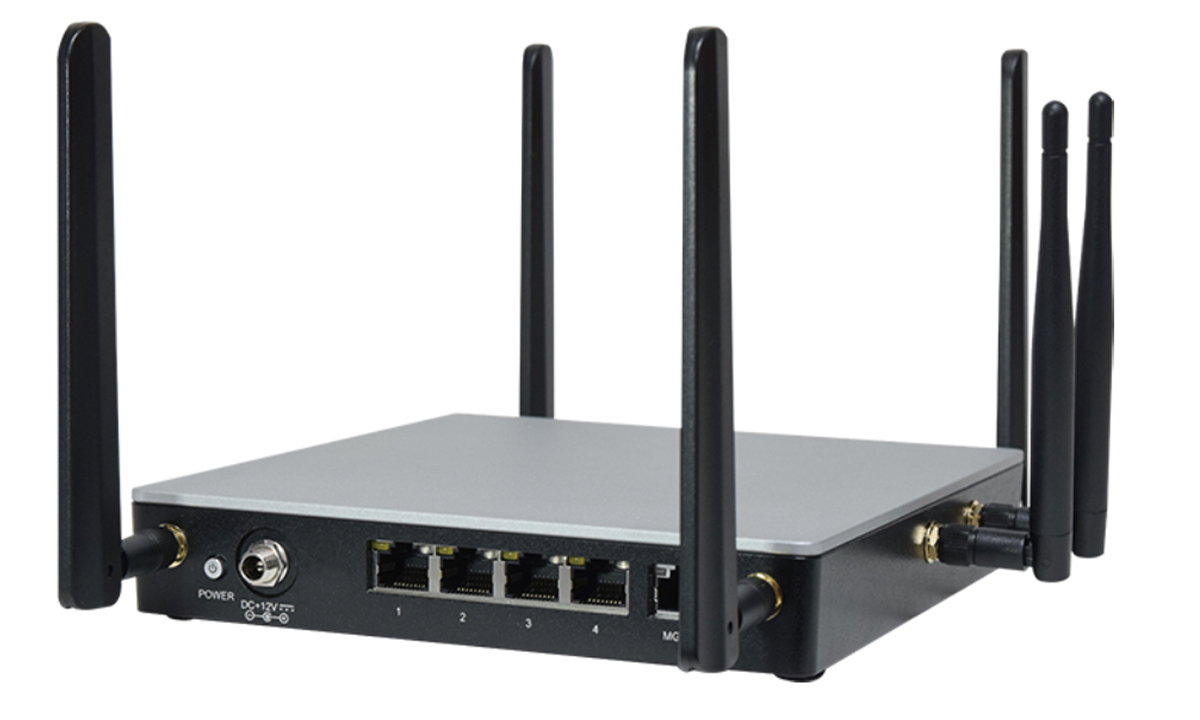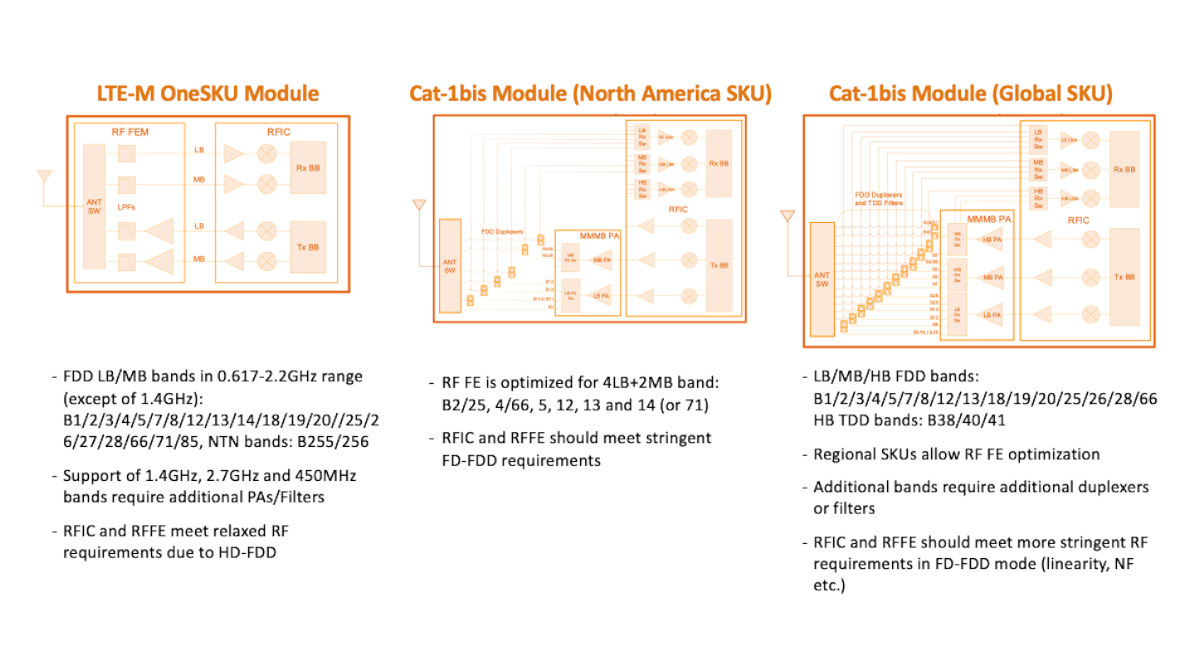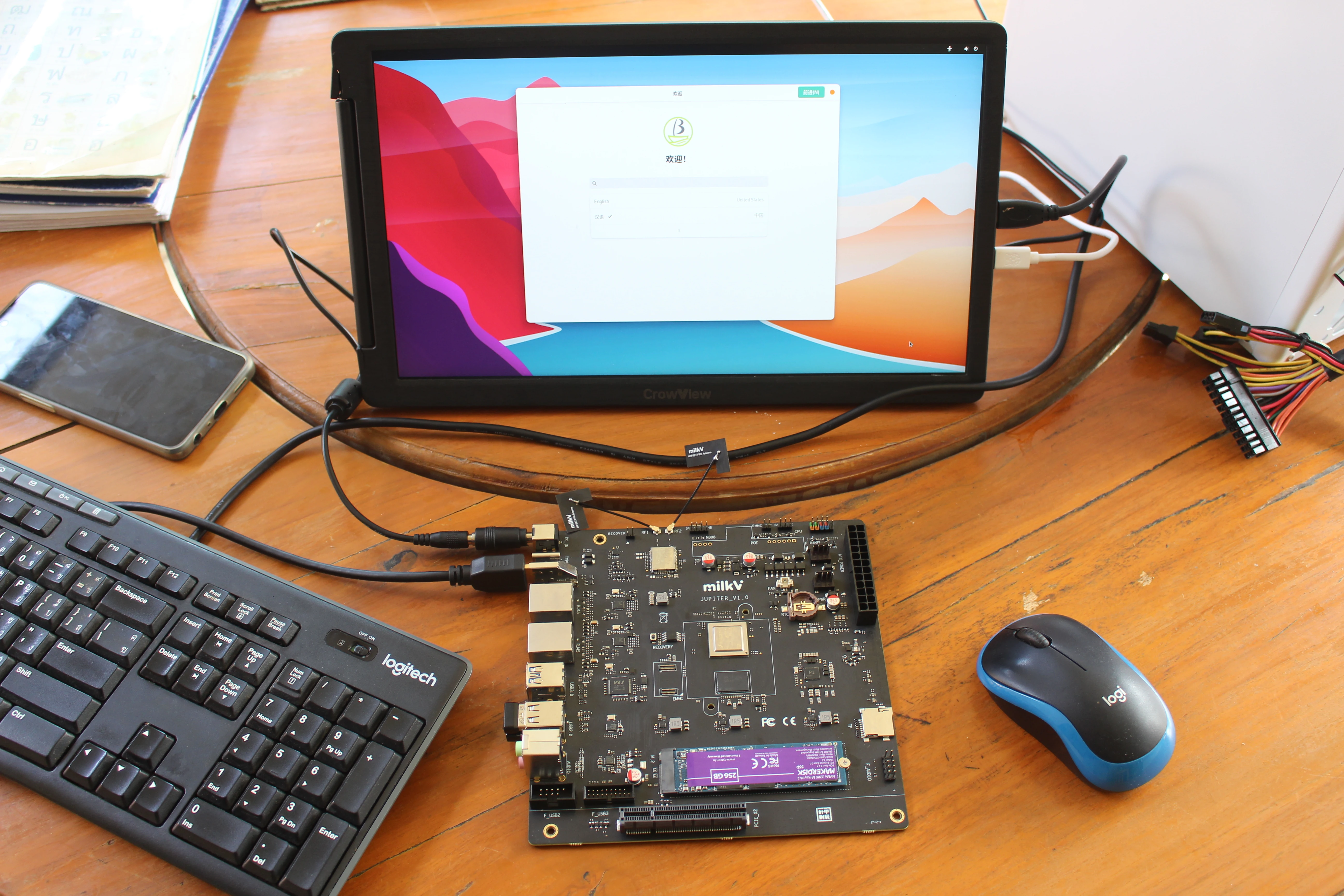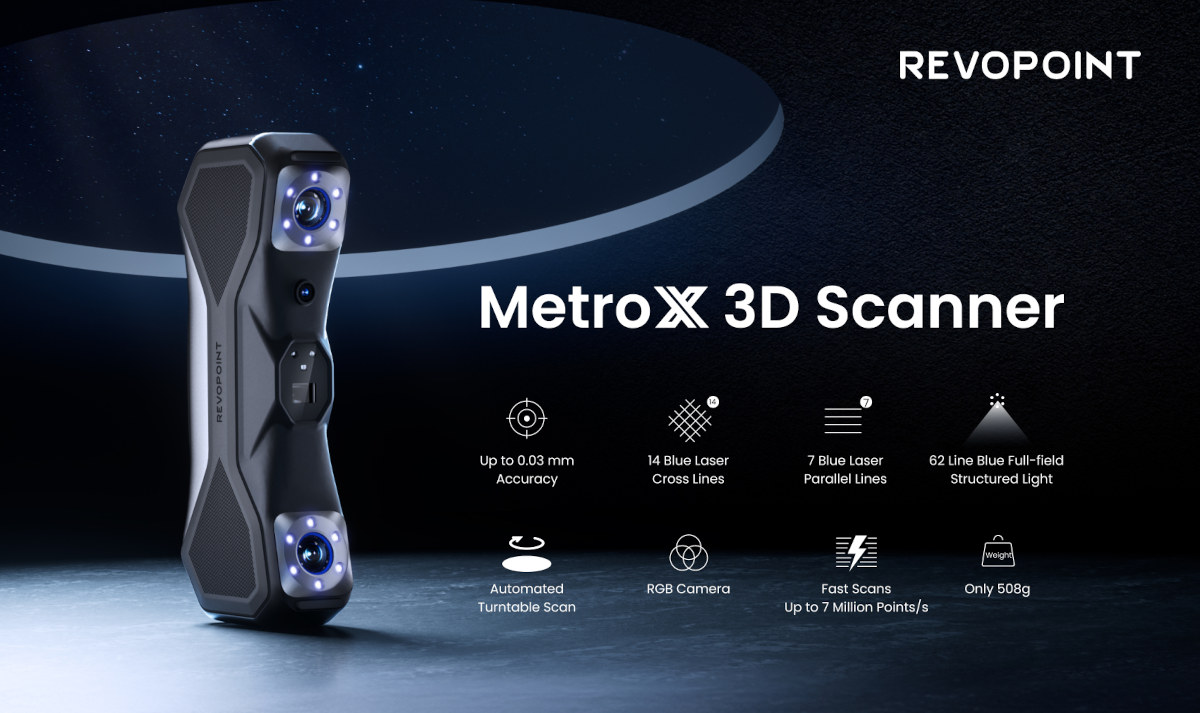The M5Stack Module LLM is yet another box-shaped device from the company that provides artificially intelligent control without internet access. It is described as an “integrated offline Large Language Model (LLM) inference module” which can be used to implement local LLM-based solutions in smart homes, voice assistants, and industrial control. Module LLM is powered by the AX630C SoC, equipped with 4GB LPDDR4 memory, 32GB storage, and a 3.2 TOPS (INT8) or 12.8 TOPS (INT4) NPU. M5Stack says the main chip has an average runtime power consumption of 1.5W, making it suitable for long-term operation. It has a built-in microphone, speaker, microSD card slot, and USB OTG. The USB port can connect peripherals such as cameras and debuggers, and the microSD card slot supports cold and hot firmware updates. The M5Stack Module LLM joins the list of other offline, on-device LLM-based solutions, such as the SenseCAP Watcher, Useful Sensors’ AI in […]
Giveaway Week 2024 – Orbbec Femto mega 3D depth and 4K RGB camera
The second prize of Giveaway Week 2024 is the Orbbec Femto Mega 3D depth and 4K RGB camera powered by an NVIDIA Jetson Nano module and featuring Microsoft ToF technology found in Hololens and Azure Kinect DevKit. The camera connects to Windows or Linux host computers through USB or Ethernet and is supported by the Orbbec SDK with the NVIDIA Jetson Nano running depth vision algorithms to convert raw data to precise depth images. I first reviewed the Orbbec Femto Mega using the Orbbec Viewer for a quick test connected to an Ubuntu laptop (as shown above) before switching to a more complex demo using the Orbbec SDK for body tracking in Windows 11. Although it was satisfying once it worked, I struggled quite a lot to run the body tracking demo in Windows 11, so there’s a learning curve, and after you have this working, you’d still need to […]
Lanner NCA-1050 – A fanless desktop network appliance with Intel Amston Lake SoC
The Lanner NCA-1050 is a fanless desktop network appliance by Intel Atom Amston Lake processors (X7835RE, X7405C, X7203C) for efficient, low-power performance. Designed for edge deployments, branch offices, and retail environments, it supports up to 16GB of DDR5 4800MHz memory and M.2 SATA storage. With versatile connectivity options, the NCA-1050 features one 2.5GbE RJ45 port, four GbE RJ45 ports, a console port, a USB 3.1 port, DisplayPort, and optional PoE+ support. It also offers two M.2 slots (PCIe/USB3.1), two Nano-SIM slots, and six antenna holes, allowing for flexible expansion and wireless configurations, making it adaptable to various network setups. Lanner NCA-1050 specifications: SoC NCA-1050A – Intel Atom x7835RE 1.3GHz octa-core processor with 6MB cache, 32EU Intel UHD graphics; TDP: 12W NCA-1050B – Intel Atom X7405C 2.2GHz quad-core processor with 6MB cache; TDP: 12W NCA-1050C – Intel Atom X7203C 2 GHz dual-core processor with 6MB cache; TDP: 12W System Memory – […]
Maximizing Connectivity with LTE-M in Asset Trackers
CNXSoft: This is a guest post by Dana Cohen, Product Marketing Manager at Sony Semiconductor Israel, discussing LTE-M in asset trackers and comparing it to LTE Cat1.bis, another LPWAN technology. Connectivity has been a game changer in the asset-tracking landscape. Personal devices, pets, vehicles, international packages, or any kind of asset can all easily be tracked through the cloud. This has opened the door to innovative use cases that have transformed global shipping, automotive loans, retail management, construction, and other industries. Using asset trackers allows shippers to track the temperature and condition of products and raw materials as they move on ships, planes, and trucks through the supply chain. Families have a better chance of recovering beloved pets that are lost. Even banks are more willing to approve high-risk car loans, knowing that they can locate and recover a vehicle if its owner falls behind on payments. While there is […]
Raspberry Pi Touch Display 2 with 1280×720 resolution, thinner design launched for $60
Raspberry Pi has launched the Touch Display 2, a 7-inch touchscreen RGB TFT display with 1280×720 designed to be connected to Raspberry Pi single board computers. It improves on the original Raspberry Pi Touch Display with a higher resolution (1280×720 vs 800×480) and a slimmer form factor thanks to the integration of the display driver PCB into the display enclosure itself. Raspberry Pi Touch Display 2 specifications Display Type – 7-inch 24-bit RGB TFT display Resolution 1280 x 720 resolution Touch panel – 5-point multi-touch capacitive touch panel Active area – 155 x 88 mm Backlight type – LED B/L Surface treatment – anti-glare Host interface – MIPI CSI connector with ribbon cable compatible with all Raspberry Pi boards except the Raspberry Pi Zero line Power Supply – 5V DC via 2-wire, 3-pin connected inserted into the 40-pin GPIO header Dimensions – 189.32 x 120.24mm The back of the display […]
USB Insight Hub is an open-source, ESP32-S2-based tool for testing USB devices (Crowdfunding)
The USB Insight Hub is a USB testing tool based on the ESP32-S2 wireless SoC made by Ecuador-based company Aerio Solutions SAS and aimed at developers and tech enthusiasts. The Insight Hub connects to a computer via a USB Type-C port and expands it to three downstream ports, each with a 1.3-inch color display screen that displays information about the serial device such as its assigned enumeration name, voltage, and current. The enumeration name displayed helps to identify all virtual ports running through the Insight Hub. This feature is quite handy when multiple devices are connected. Although the hub features a Wi-Fi-enabled SoC, it doesn’t currently support wireless networking. Each downstream port is connected to a dedicated voltage and current meter for real-time feedback. Also, the hub implements configurable short-circuit, over-current, and back-current protection. It also allows you to control the individual activation and deactivation of the D+/D- data lines […]
Giveaway Week 2024 – Jupiter RISC-V mini-ITX motherboard
The 11th edition of CNX Software giveaway week is underway! We have seven items to give away this time around: six review samples I will send myself and one from a company offering one of its cellular IoT development kits… The contest is open worldwide, and CNX Software Thailand is also joining the fun with four additional items available to people with an address in Thailand. The first prize of this year’s giveaway is Shenzhen MILK-V Technology’s Jupiter RISC-V mini-ITX motherboard powered by a 1.8 GHz SpacemiT K1/M1 octa-core processor, equipped with 16GB LPDDR4x, and various interfaces and features such as M.2 PCIe 2.0 x2 socket for an NVMe SSD, a 4K-capable HDMI video output, two gigabit Ethernet ports, WiFi 6 and Bluetooth 5 module, and more. I reviewed the Jupiter mini-ITX motherboard with Ubuntu-based Bianbu OS and an Auriga 6-Bay NAS mini-ITX chassis last August and the results were […]
Revopoint MetroX 3D Scanner: Blue Laser Scanning Breakthrough at an Appealing Price! (Sponsored)
As an innovator in 3D scanning technology, Revopoint has unveiled its latest product, the Revopoint MetroX 3D scanner. The Kickstarter campaign started on October 15th and will run until November 14th, offering MetroX at only $689 (MSRP $999) now. Four Scanning Modes MetroX is a versatile 3D scanner that combines blue laser and blue structured light technology. Its four scanning modes give users the right tools to optimally capture every aspect of small to medium objects, from flat areas to complex details. Cross Lines laser: Fourteen crossed lines rapidly scan larger surfaces at speeds of up to 800,000 points/second. No scanning spray is needed for glossy or black areas. Parallel Lines laser: Seven high-powered parallel blue laser lines are projected to accurately capture fine details, edges, and complex surfaces. Full-field structured light: Using blue structured light, it offers high-speed scanning at up to 7 million points/second for efficient point cloud […]


